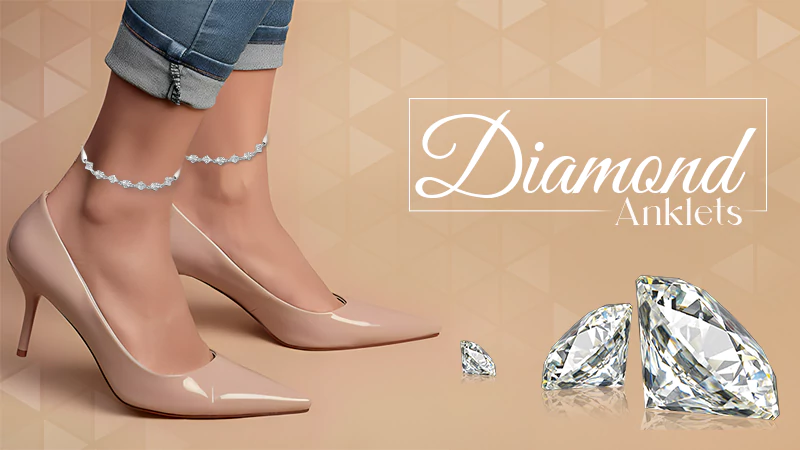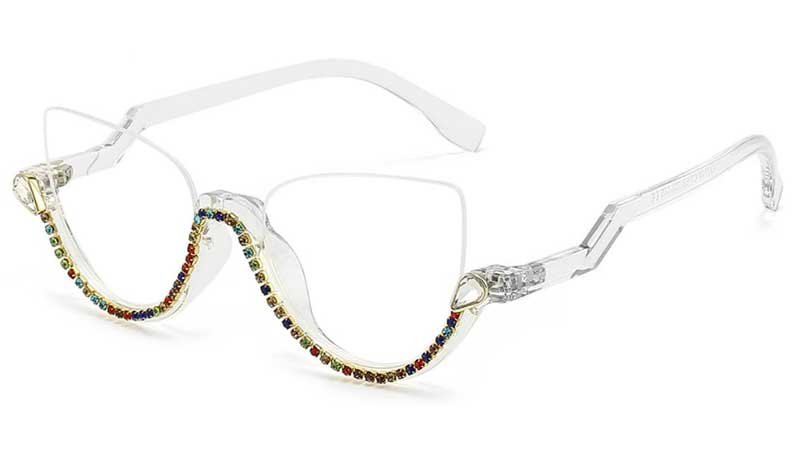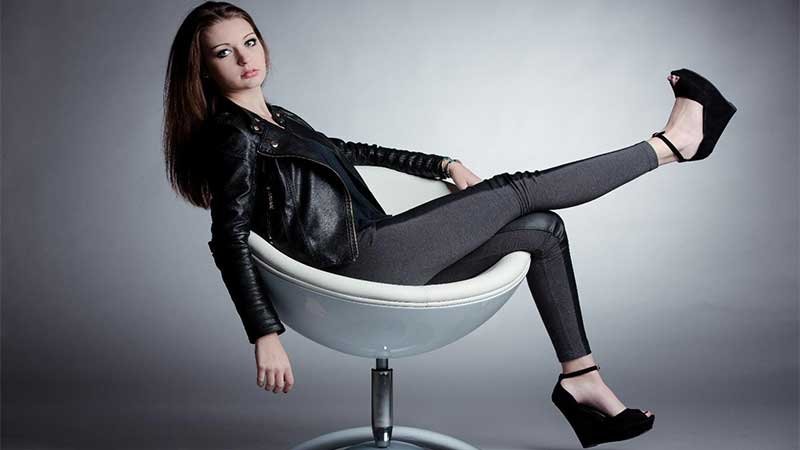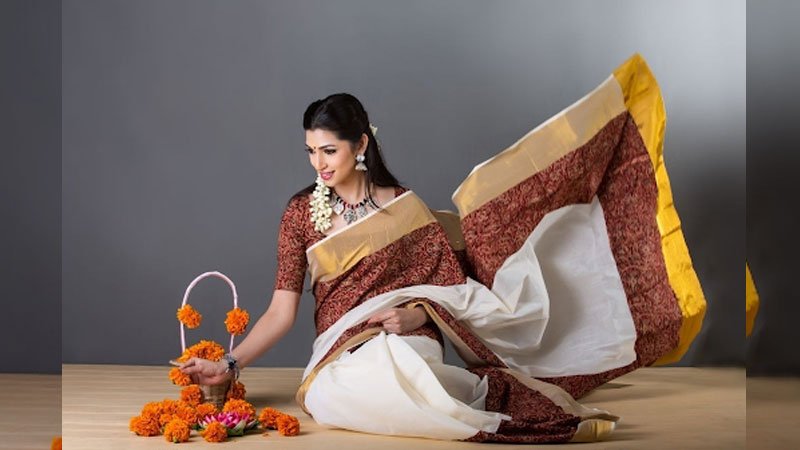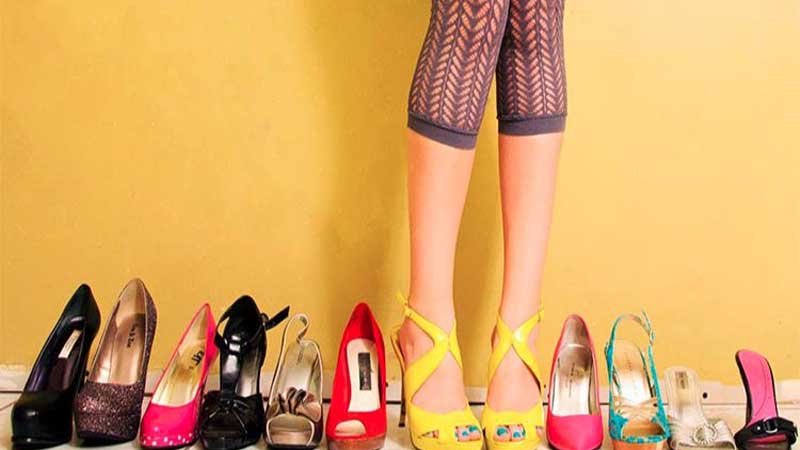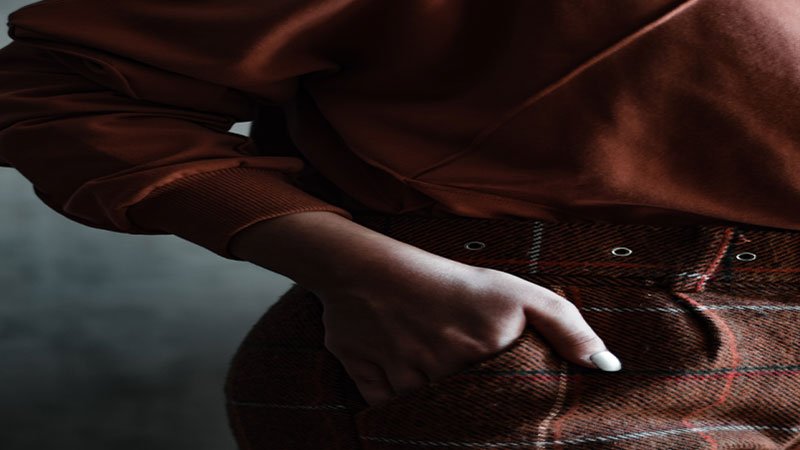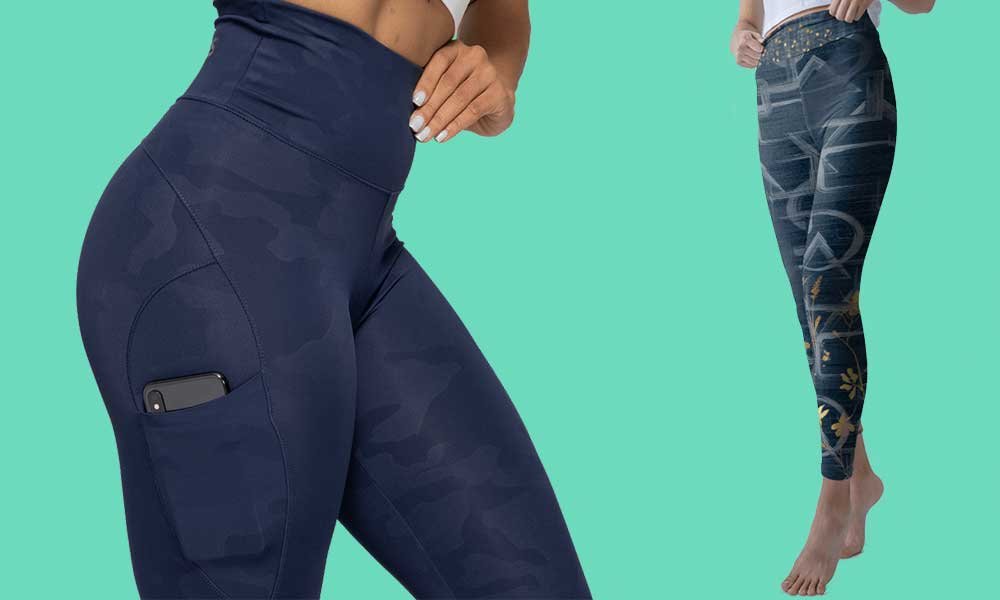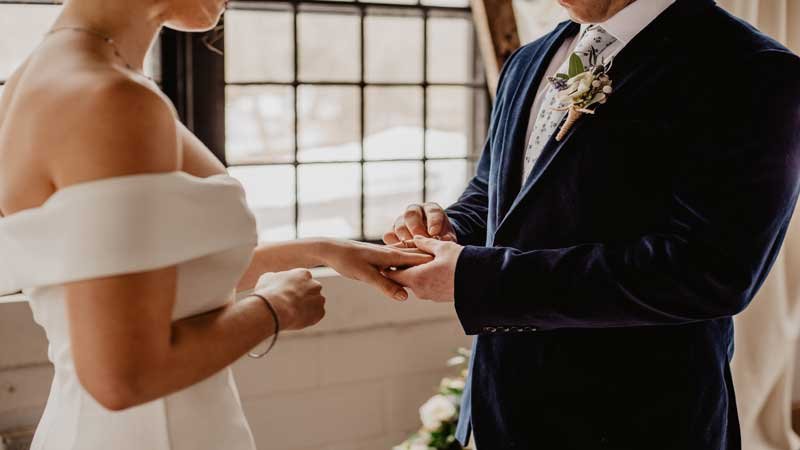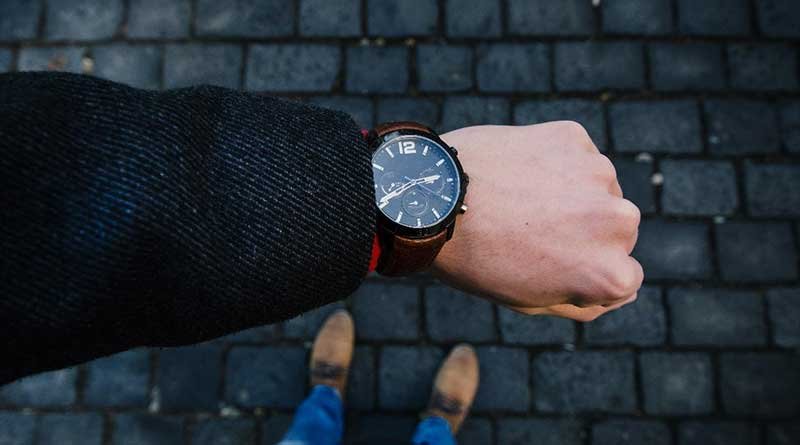Necklaces: Their Origin and How to Choose One
Have you ever looked in the mirror and felt like something was missing? Chances are you had not yet considered adding a necklace to your outfit. Necklaces are a way of accentuating the elegant curves of one’s neck while also communicating something about the wearer. Whether you are dressing for a night out on the town or trying to find a gift for a loved one, it is important to know what to look for when choosing a necklace. In this article, you will learn what a necklace is, how it has evolved, and find some helpful tips on how to choose the right necklace for any occasion.
Necklace: What is It?
Any article of jewelry worn around the neck is classified as a necklace. Necklaces are one of the oldest types of adornments worn. Depending on the materials used to create them, they can represent wealth, status, spiritual, ceremonial, or religious purposes. Ancient cultures had no problem finding a necklace. In fact, it was just the opposite. They made necklaces out of natural materials that they found, like feathers, bones, and shells. Throughout history, both men and women wore necklaces. The designs, materials, and craftsmanship were used to denote wealth, status in the community, and even where a person was from regionally.
Evolution
In the early fifteenth through the seventeenth century, men commonly wore a necklace made from large gold links covered in jewels or enameled, called a Carcanet, as a status symbol. As clothing trends shifted, so did the design of necklaces. By the eighteenth century, wealthy women began wearing matching sets of jewelry. These sets would include a necklace, broach, earrings, bracelet, and either a pendant or tiara. The broach was meant to be worn during the day when women’s daywear featured higher necklines. In the evening, the broach would be replaced by the necklace to compliment bodices with lowered necklines.
When paired with a top that featured a lower neckline, necklaces accentuated the gentle curve of a woman’s neck, evoking one’s elegance, charm, and femininity. The concept of the matched set lasted through the early 20th century. As daily attire became more casual and new materials, such as plastic, became available, necklaces began to be mass-produced to meet ever-changing fashion and pop culture trends.
The style and message behind necklaces have continued to evolve for both men and women as pop culture trends have shifted from the “love beads” worn by hippies in the sixties to the gold chains popular with men in the seventies, to the ostentatious platinum and gold, diamond-encrusted pendants and chains worn by hip-hop artists in the twentieth century. Some necklace styles have remained the same. Often, these classics are tied to specific professions or symbolism, like the crucifixes worn by a member of the clergy and their disciples.
Decisions,
One of the best things about necklaces is the sheer volume of different elements to choose from.
- Different Lengths. Necklaces come in several standard lengths. The shortest is the collar style necklace, at just 12-14 inches, up to rope style necklaces that can be 36 inches long or more. When choosing the necklace length, you will want to factor in physical features like your neck size, face shape, and body type. Adjust your necklace lengths depending on the different styles of clothing and necklines you wear. If you are on the shorter side, you will want to stick to mid-length necklaces, as longer ones can overwhelm your frame. If you are on the tall side, then you should have no problem sporting more lengthy options.
- Pairing with Clothing. Necklaces are excellent choices for accessorizing an outfit. Short styles, like collars and chokers, pair well with open-neck clothing. Longer chains, 20-14 inches in length, pair well with business attire. Longer lengths are perfect for a night out on the town, especially when paired with a higher neckline. Higher necklines help draw attention to the necklace. This creates the opportunity to showcase an eye-catching pendant by adding it to your lengthy chain. If you are looking to own just one necklace, then you will want to go with one that is 18 inches. The most common length available, it should fall right at your collar bone and will pair well with almost any outfit.
- Different Styles. The variety of necklace styles is unending. Multi-strand, lockets, pendants, even bib styles are just a few of the styles to choose from. If you are more on the conservative side, start simple with a locket or a standard chain. A little more adventurous? Try a festoon necklace with its draping elements and classical style.
Making Your Choice
With so many lengths and styles to choose from, finding the right necklace for the moment can seem daunting. Keeping these things in mind will help. First, consider the occasion. You will want to pair more formal occasions with your more elegant pieces and save your larger chunky pendants and costume jewelry for casual afternoon drinks with friends. Understated pieces work best for work or any event where you do not want to stand out, like a funeral.
Second, consider the colors in the clothing you are wearing. It is always best to choose stones or gems that complement the colors you are already wearing. Remember, you want the necklace to enhance your look, not detract from it.
Third, wear a necklace that complements the cut of your top’s neckline. For instance, wearing a choker with a turtleneck is not as good as pairing that same choker with a top that has a slight curve to the neckline.
Last, think about the other jewelry you intend to wear. You want your jewelry to match or complement your necklace.
Necklaces are an excellent way to add a little zest to any outfit. They can be simple and understated, like a gold chain in a herringbone pattern, or statement pieces like large, chunky stone pendants. Great for gifts and showing a little style, necklaces are an important part of any jewelry collection.
Follow Us
Latest Post





